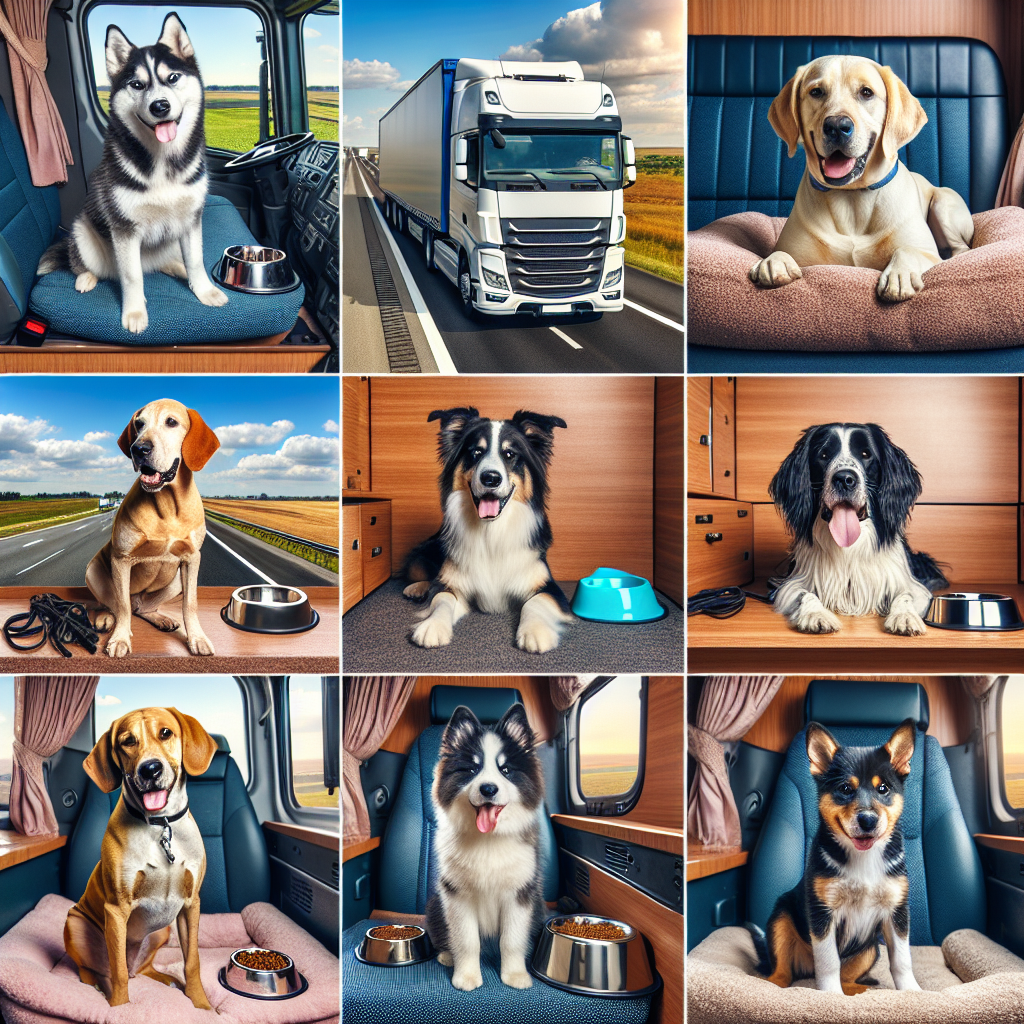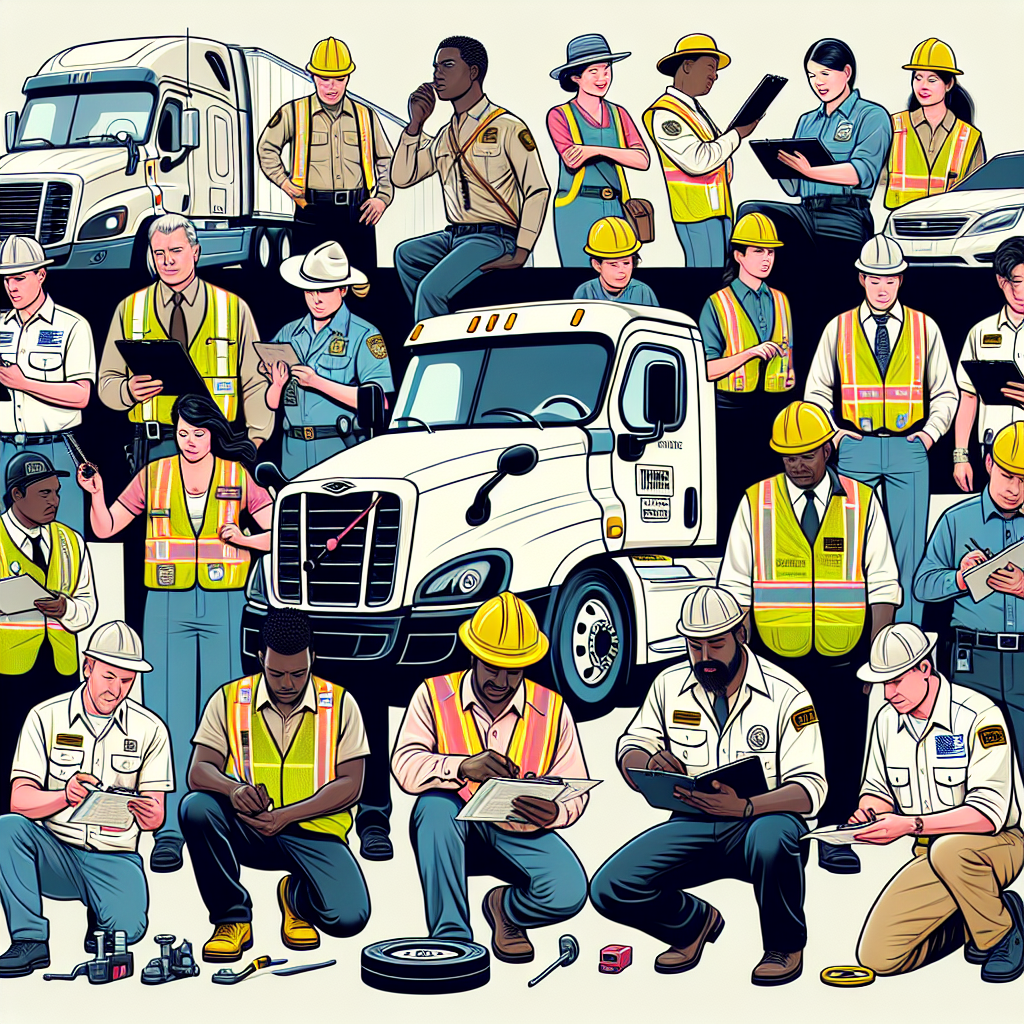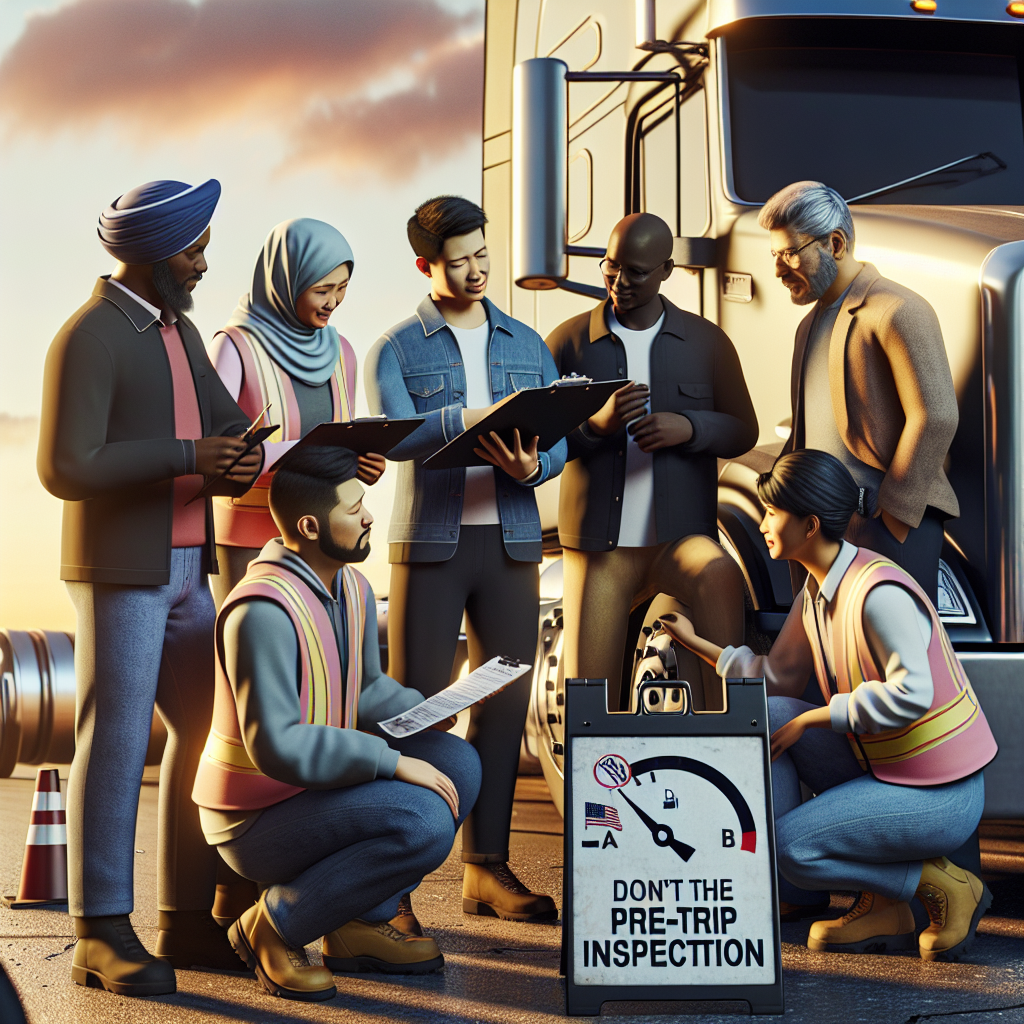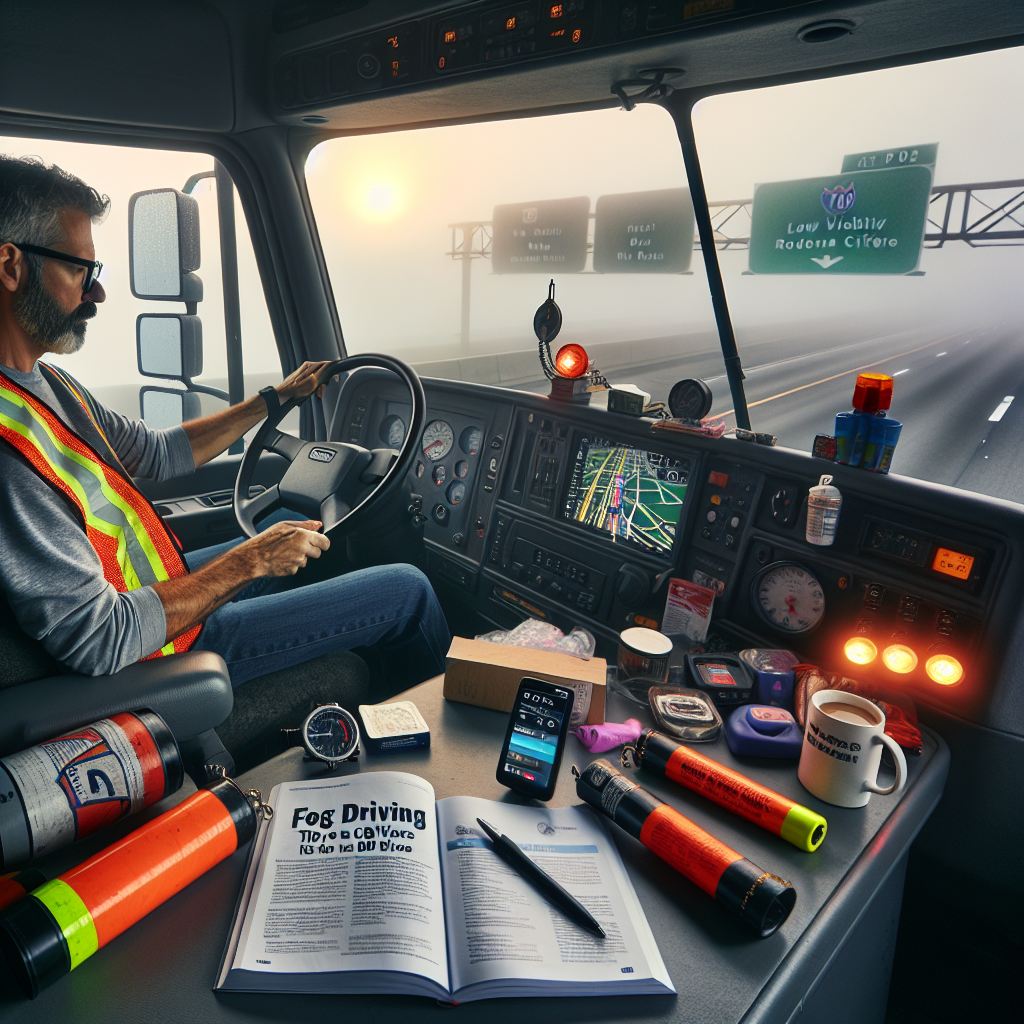The Impact Of Adequate Sleep On Trucking Safety
The trucking industry is the backbone of commerce, ensuring that goods are transported efficiently across vast distances. However, the safety of truck drivers and other road users is paramount, and one critical factor that significantly influences this safety is adequate sleep. Understanding the impact of sleep on trucking safety is essential for both drivers and the companies that employ them.
Firstly, it is important to recognize that driving a truck requires a high level of concentration and quick reflexes. Fatigue can severely impair a driver’s ability to make split-second decisions, which are often necessary to avoid accidents. When a driver is well-rested, their cognitive functions are sharp, and their reaction times are optimal. Conversely, sleep deprivation can lead to slower reaction times, impaired judgment, and decreased attention span, all of which can increase the likelihood of accidents.
Moreover, the nature of trucking often involves long hours on the road, sometimes through monotonous landscapes. This can exacerbate the effects of fatigue, making it even more crucial for drivers to get adequate rest. Studies have shown that driving while sleep-deprived can be as dangerous as driving under the influence of alcohol. For instance, being awake for 18 hours can impair driving performance to the same extent as having a blood alcohol concentration (BAC) of 0.05%, and staying awake for 24 hours can be equivalent to a BAC of 0.10%, which is above the legal limit in many places.
In addition to the immediate safety risks, chronic sleep deprivation can have long-term health consequences for truck drivers. Lack of sleep is associated with a range of health issues, including cardiovascular disease, diabetes, and obesity. These health problems can further impair a driver’s ability to perform their job safely and effectively. Therefore, promoting good sleep hygiene and ensuring that drivers have the opportunity to rest adequately is not only a matter of safety but also of overall health and well-being.
To address these concerns, regulations have been put in place to limit the number of hours a truck driver can be on the road without taking a break. For example, in the United States, the Federal Motor Carrier Safety Administration (FMCSA) has established Hours of Service (HOS) regulations that mandate rest periods and limit driving hours. These regulations are designed to prevent fatigue-related accidents by ensuring that drivers have sufficient time to rest between shifts.
However, regulations alone are not enough. It is also essential for trucking companies to foster a culture that prioritizes safety and well-being. This includes providing education on the importance of sleep, encouraging drivers to take breaks when needed, and offering support for those who may be struggling with sleep-related issues. Additionally, drivers themselves must take personal responsibility for their sleep habits, recognizing that their health and safety depend on it.
Tips For Truck Drivers To Maintain Adequate Sleep On The Road
Maintaining adequate sleep on the road is crucial for truck drivers, not only for their own health and well-being but also for the safety of everyone on the road. Long hours behind the wheel can be exhausting, and without proper rest, the risk of accidents increases significantly. Therefore, it’s essential for truck drivers to adopt strategies that help them get the rest they need. One of the first steps is to establish a consistent sleep schedule. By going to bed and waking up at the same time every day, even on days off, drivers can regulate their internal clock, making it easier to fall asleep and wake up naturally.
In addition to a consistent sleep schedule, creating a comfortable sleeping environment is paramount. Investing in a good-quality mattress and pillow can make a world of difference. The sleeping area should be dark, quiet, and cool. Using blackout curtains or a sleep mask can help block out light, while earplugs or a white noise machine can drown out any disruptive sounds. It’s also beneficial to avoid caffeine and heavy meals before bedtime, as these can interfere with the ability to fall asleep.
Another important tip is to take short naps when needed. If a driver feels drowsy during the day, a 20-30 minute nap can help recharge their energy levels. However, it’s important not to nap for too long, as this can lead to grogginess. Additionally, staying hydrated is crucial, but it’s wise to limit fluid intake right before bed to avoid waking up in the middle of the night.
Exercise also plays a significant role in promoting better sleep. Regular physical activity can help tire the body out, making it easier to fall asleep at night. Simple exercises like walking or stretching can be done during breaks and can also help alleviate the stiffness and discomfort that comes from sitting for long periods. However, it’s best to avoid vigorous exercise right before bedtime, as this can have the opposite effect and make it harder to fall asleep.
Moreover, managing stress is essential for good sleep. The pressures of meeting delivery deadlines and dealing with traffic can be overwhelming. Practicing relaxation techniques such as deep breathing, meditation, or even listening to calming music can help reduce stress levels and prepare the mind for sleep. It’s also helpful to have a wind-down routine before bed, such as reading a book or taking a warm shower, to signal to the body that it’s time to relax.
Lastly, it’s important for truck drivers to recognize the signs of sleep disorders. Conditions like sleep apnea are common among truck drivers and can severely impact the quality of sleep. If a driver finds themselves consistently tired despite getting enough sleep, it may be worth consulting a healthcare professional. Proper diagnosis and treatment can significantly improve sleep quality and overall health.
Conclusion
Adequate sleep is crucial for truck drivers to ensure safety, maintain alertness, and enhance overall performance. Lack of sleep can lead to fatigue, impaired judgment, and increased risk of accidents, making it essential for drivers to prioritize rest and adhere to regulated hours of service. Ensuring proper sleep not only promotes the well-being of the drivers but also contributes to safer roadways and more efficient trucking operations.








